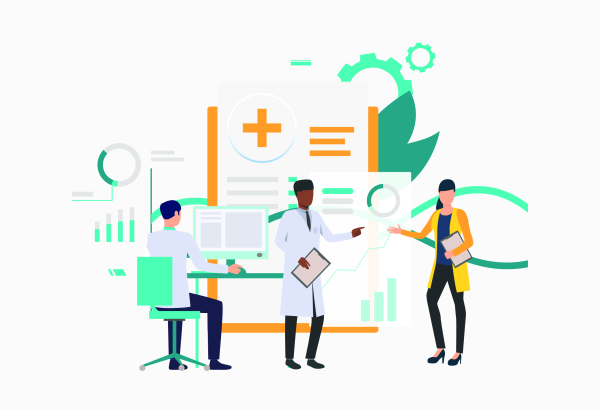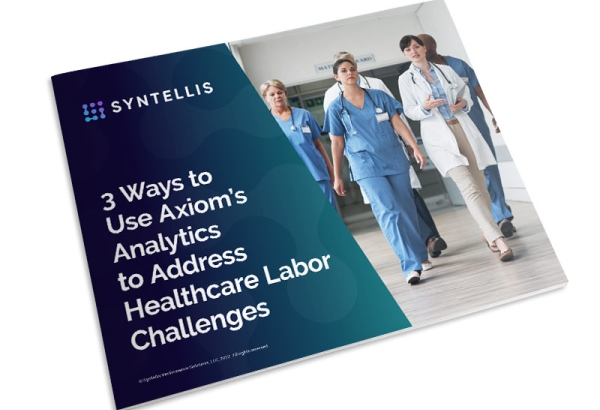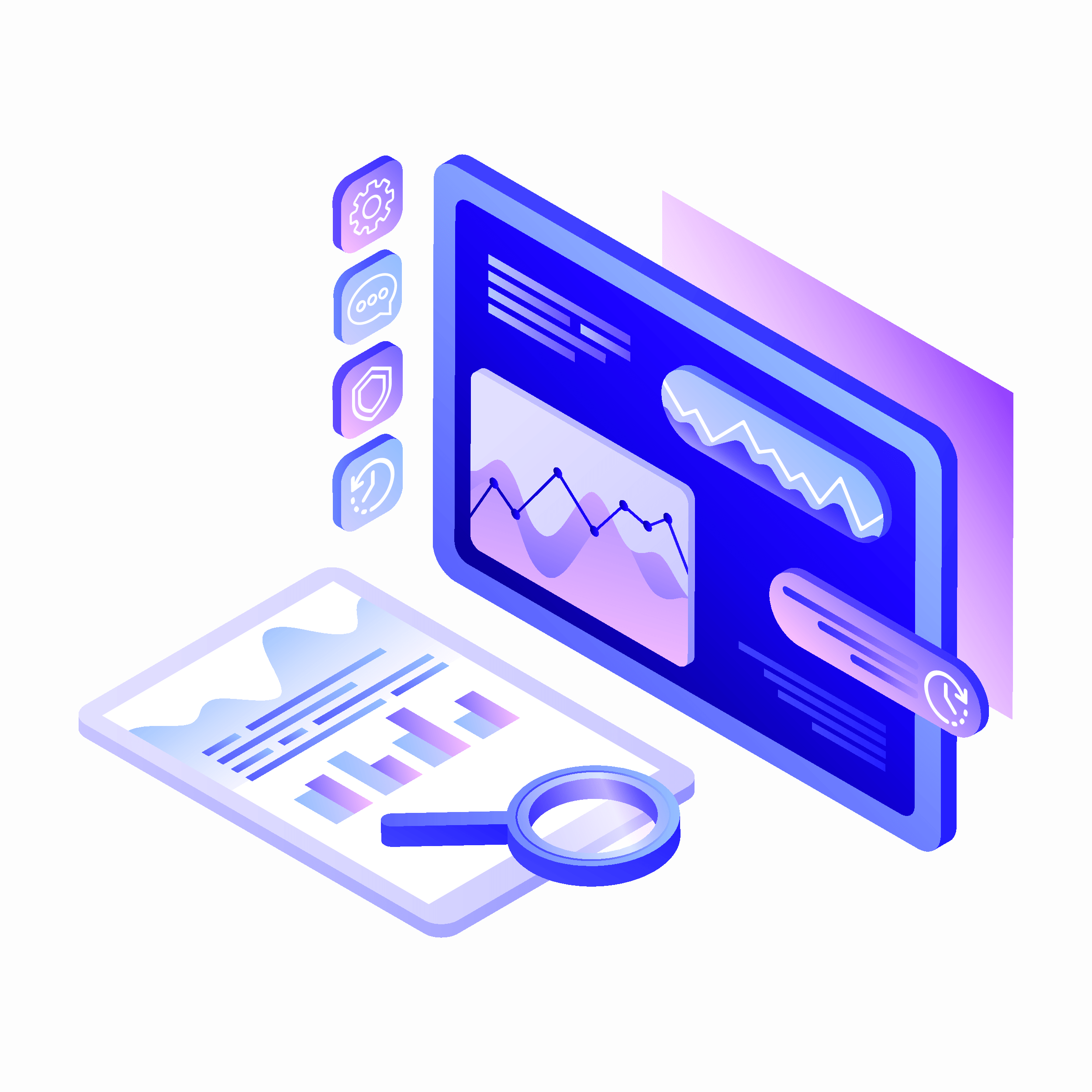Financial security is top of mind for most healthcare organizations. However, they face evolving challenges including inflation, rising labor expenses, and staff shortages. In an uncertain economic climate, more healthcare leaders are seeking ways to secure a solid financial future, but many don’t know where to start.
Surprisingly, the first step toward improving financial performance doesn’t always start with assessing the organization’s balance sheet. Instead, health systems should consider unlocking hidden data, or “dark data” — potentially beneficial information collected during day-to-day operations that is often left unused or under-utilized.
By accessing and using dark data, healthcare organizations can reveal insights in a range of budgeting and planning areas, such as patient costs, procedure volumes, labor wages, staffing requirements, and more. This data, along with the power of artificial intelligence (AI) and hyper-personalization, can empower healthcare organizations to make more informed financial, operational, and strategic decisions that lead to improved performance. However, to access and reap the benefits of this information, healthcare leaders must invest in tools that improve data visibility.
What Is Dark Data?
While the term “dark data” may bring to mind other ominous expressions like the “dark web,” there’s nothing insidious about this type of information. Dark data in healthcare is simply untapped data that can include — but is not limited to — patient records, clinical trial information, and data regarding service line rates and margin conditions. To comply with HIPAA regulations, healthcare organizations generate and store years’ worth of data. After its initial documentation, data often simply takes up storage space — which is why it often goes unused.
By tapping into this pool of data, healthcare organizations can gather insights to optimize financial performance and employee experience. Applied properly, this data can drive hyper-personalized treatment plans and medication guidance, which can lead to improved patient outcomes.
However, even though healthcare organizations have a wealth of rich dark data, it’s difficult to uncover and can be expensive to securely store. Forrester research shows that nearly three-quarters of all data within an enterprise is unused for analytics. This is often because the data must be standardized and appropriately structured for organizations to glean meaningful insights from it. As a result, organizations often fail to realize the full potential of this data, and instead, it remains hidden within the depths of healthcare databases.
AI software can help detect, sort, classify, and identify logic and patterns to turn dark data into an organized and useful framework. Generally, however, securely analyzing multifactorial data is complex and requires advanced technical solutions and back-end support.
Best Practices for Mining Dark Data
Selecting what dark data to mine and accessing it begins by determining how your organization will manage and use the data. For instance, some health systems may prioritize analyzing budgeting and labor costs in regard to ongoing workforce shortages, while others may choose to focus on analyzing their financial standing as it relates to partners and customers.
Next, organizations must consider their security and privacy practices. In 2021 alone, healthcare data breaches impacted 45 million individuals. Because dark data in healthcare typically contains protected health information (PHI), healthcare executives must be diligent in upholding security and privacy measures while mining this information to avoid accidental exposure. Healthcare organizations must also be aware of any third-party vendors with access to their data for interoperability purposes and take appropriate measures to prevent cybersecurity breaches.
Healthcare leaders must also ensure they have the right infrastructure to manage the large volume of dark data that exists within their systems. For example, organizations should have a way to normalize and translate unstructured data from a variety of sources into the HL7 FHIR standard commonly used for data analytics. AI and machine learning solutions can assist in this process, but the organization must have high quality, standardized data to generate the best results.
Unlocking dark data requires extensive time and resources, so healthcare organizations should be careful to select the right partner to optimize their data mining processes. Without the right tools to optimize processes for efficiency and accuracy, they cannot access all the potential insights available in dark data.
The Role of Technology in Dark Data Mining and Analytics
Advanced digital solutions can empower healthcare organizations to glean more actionable insights from their dark data. These tools, which provide next-generation financial planning, decision support, and business intelligence capabilities, help health systems take advantage of dark data to improve productivity, boost operational outcomes, and more effectively execute strategic plans.
By taking advantage of dark data, health systems can make more informed strategic and financial decisions to the benefit of patients, employees, partners, and stakeholders. To effectively and securely mine, store, and analyze that data, organizations must have the right infrastructure and technology. Organizations should select their technology partners carefully and invest in the proper tools to successfully bring their data out of the dark and use it to enhance financial performance.
Learn more best practices for healthcare

How 3 Health Systems Use Analytics to Address Healthcare Labor Challenges

3 Ways to Use Axiom's Analytics to Address Healthcare Labor Challenges


